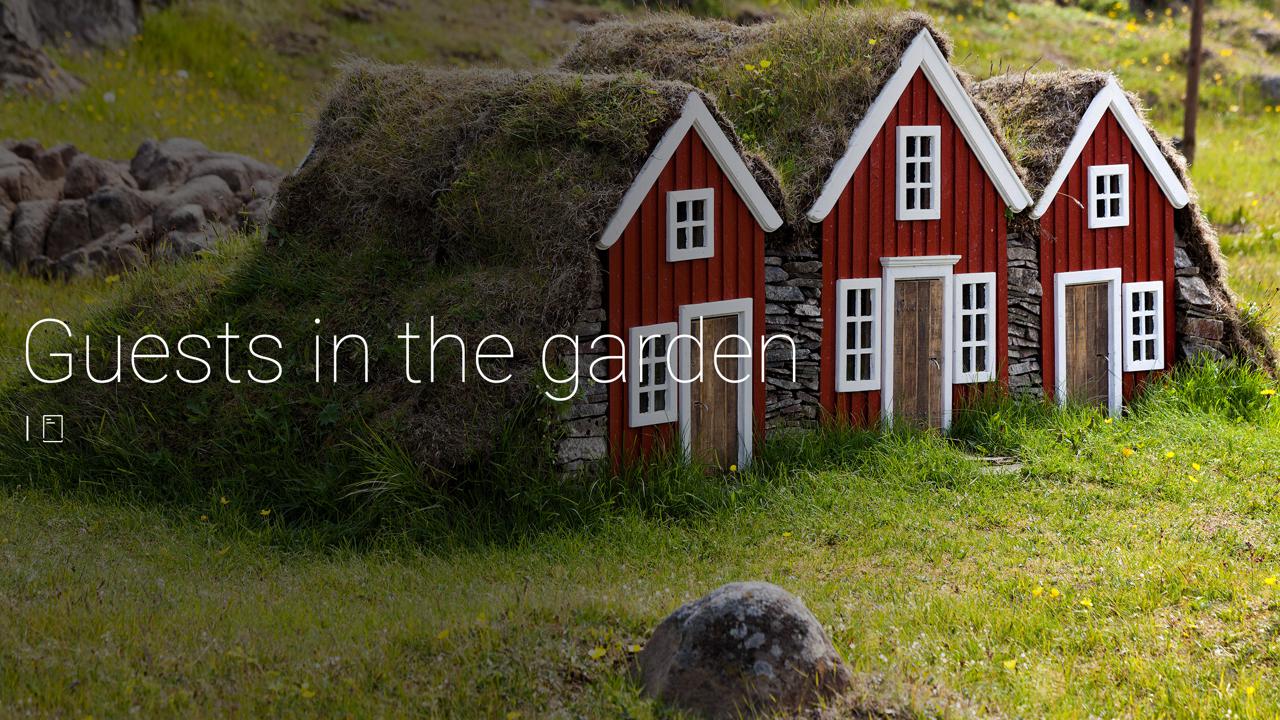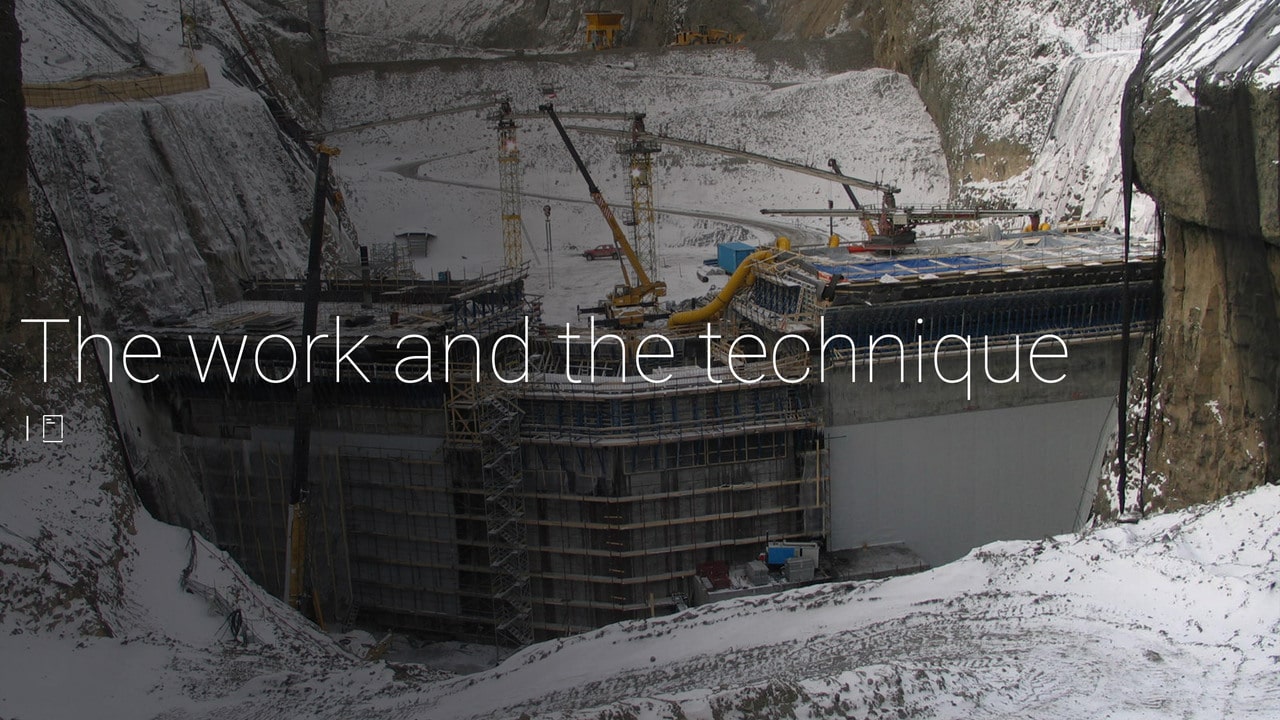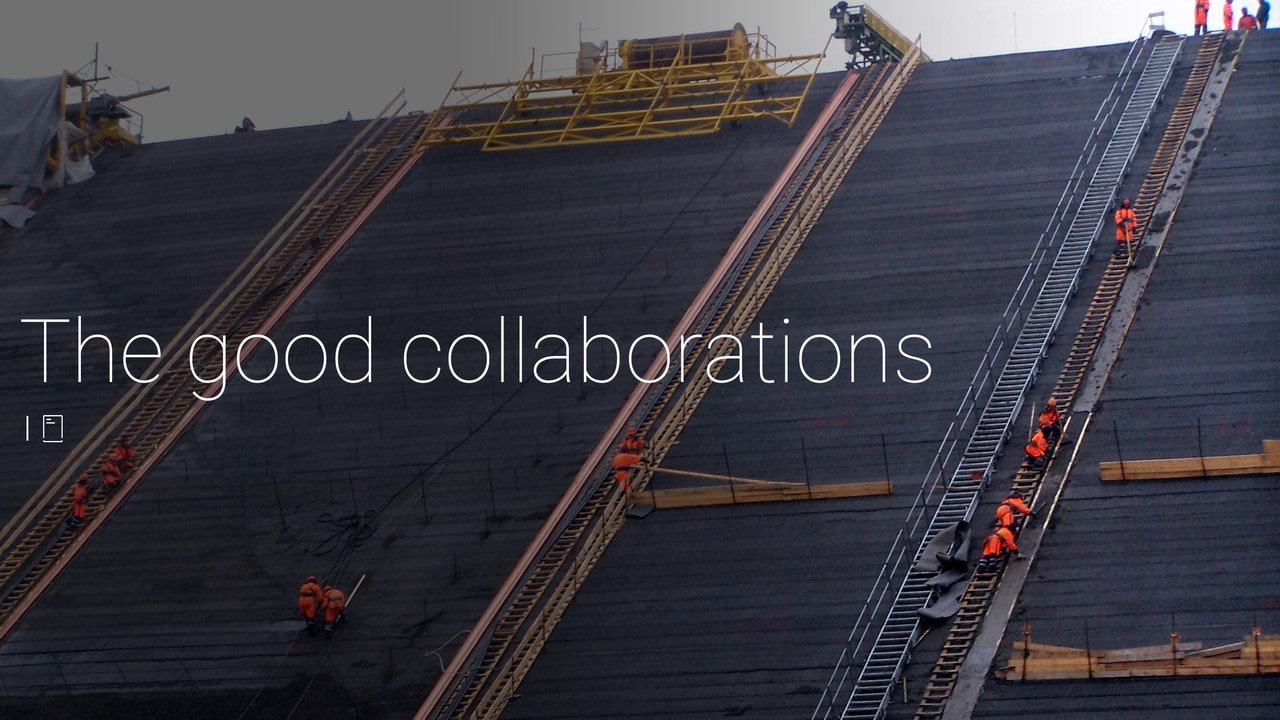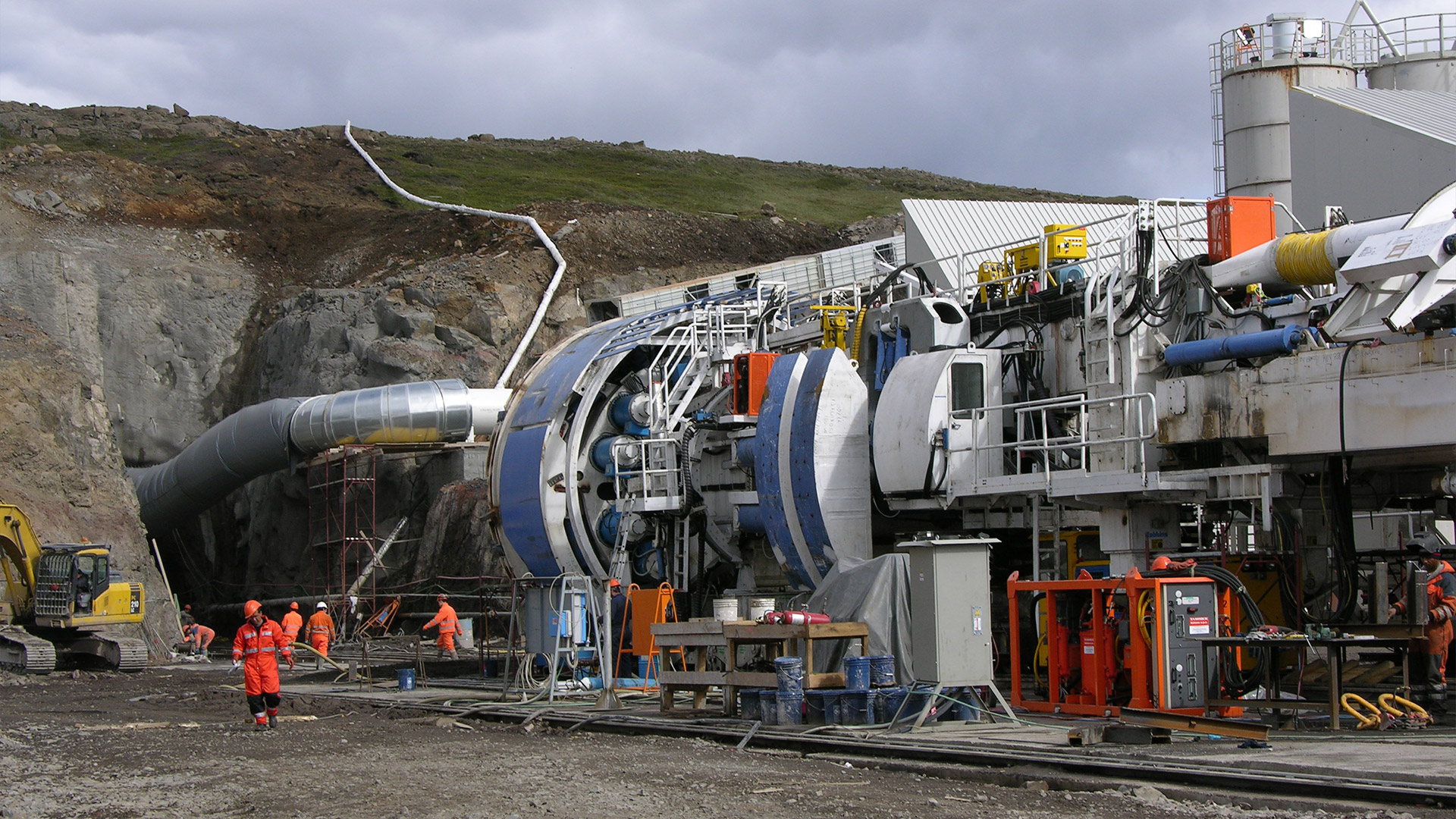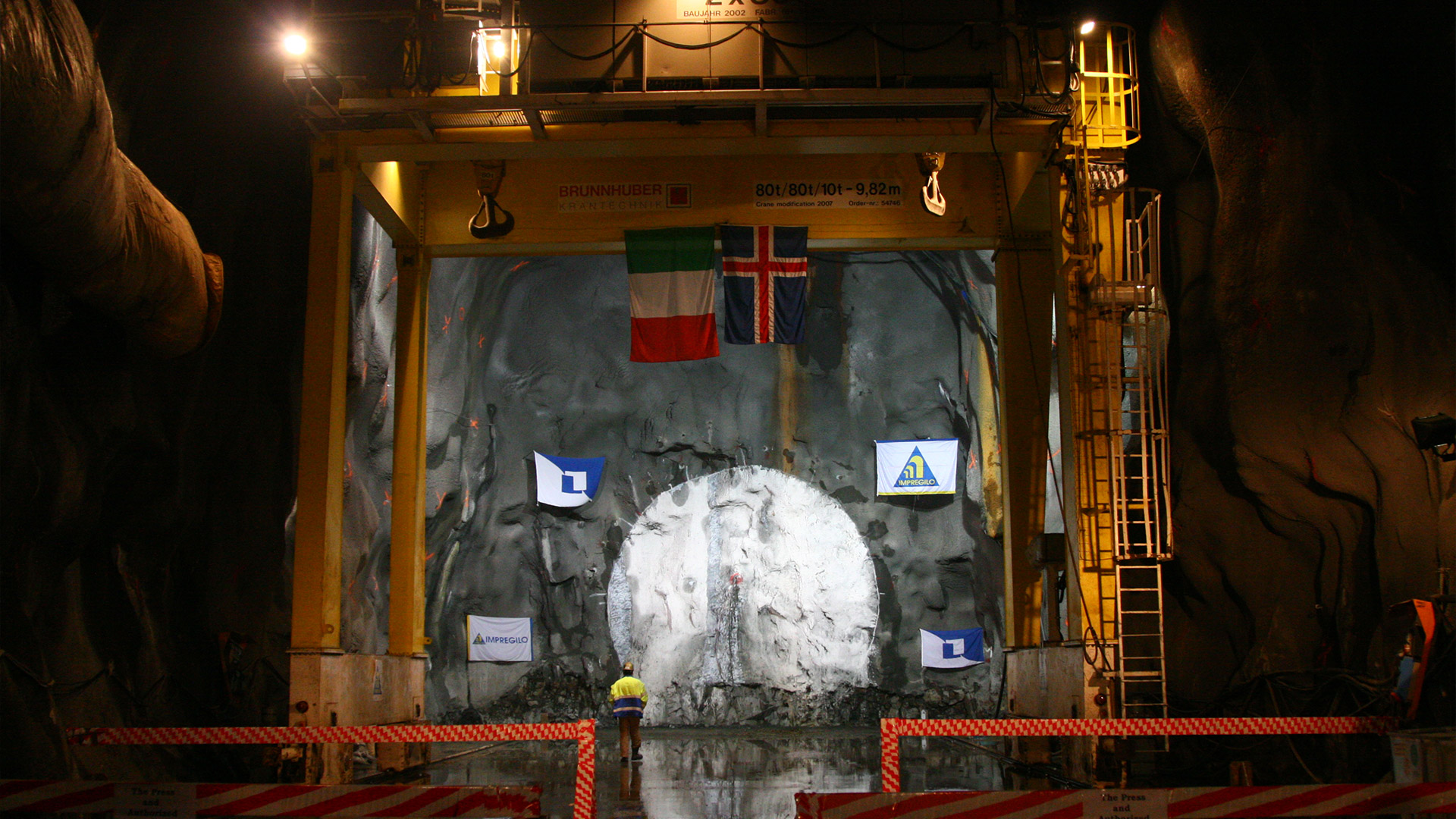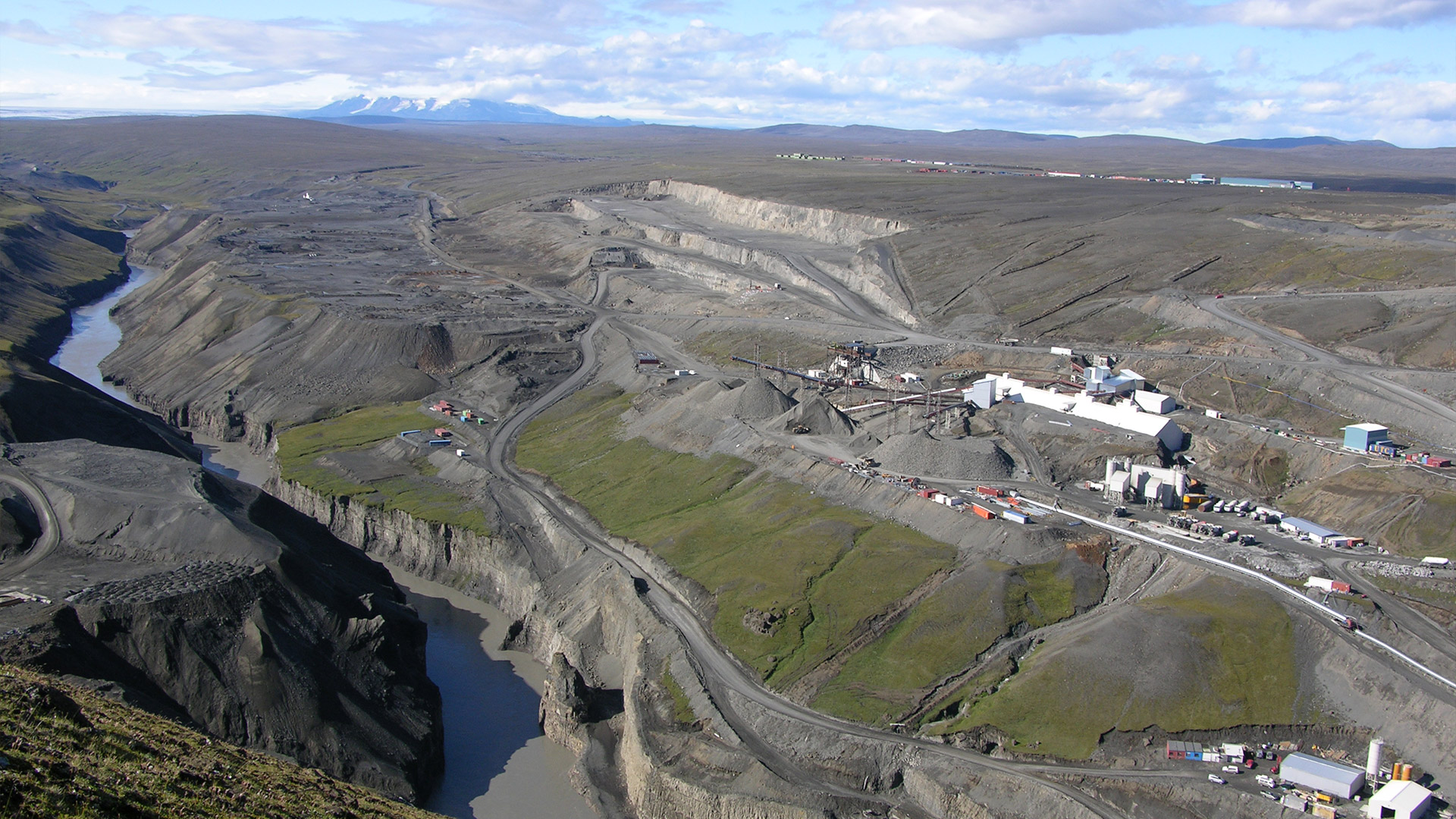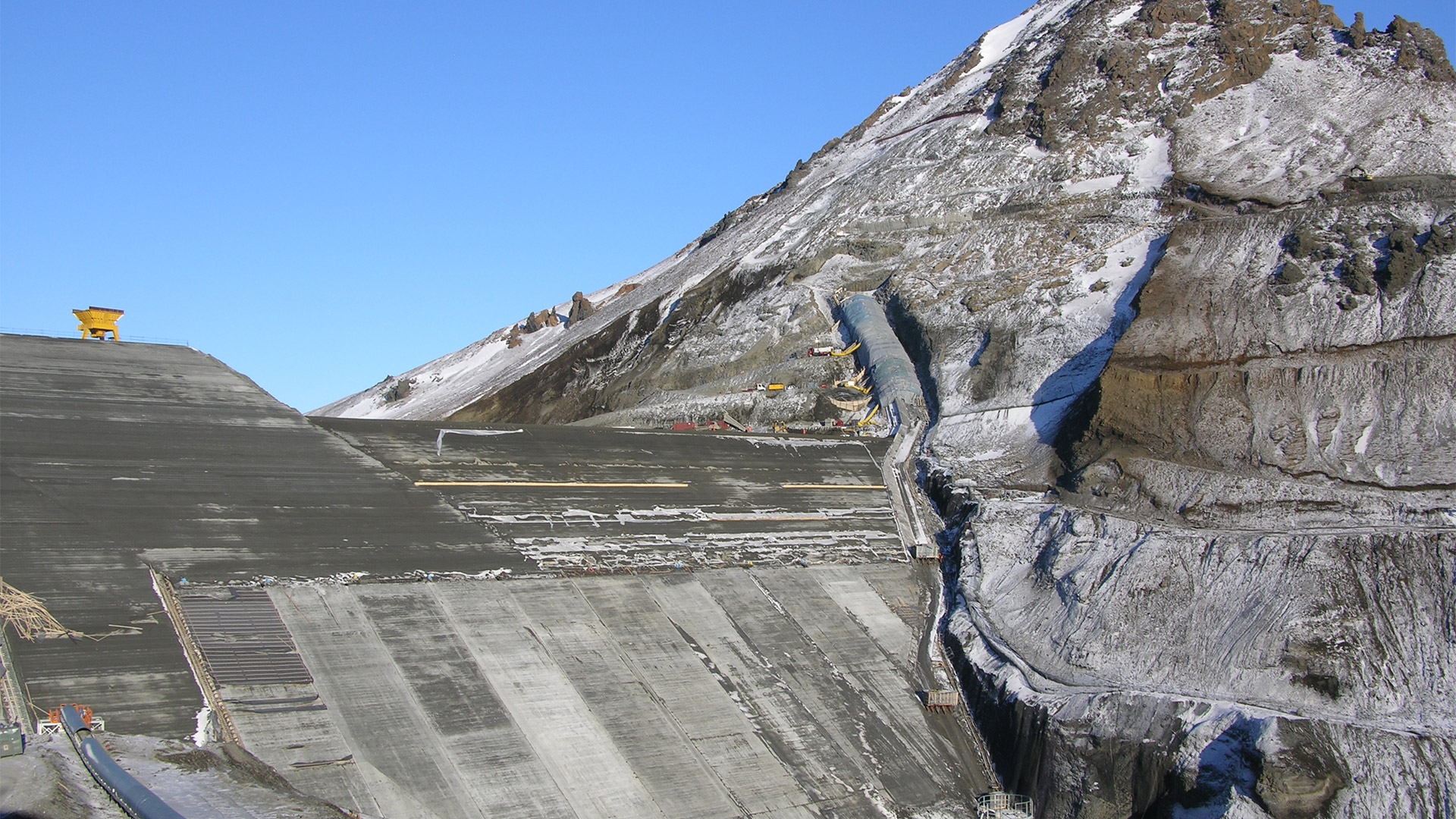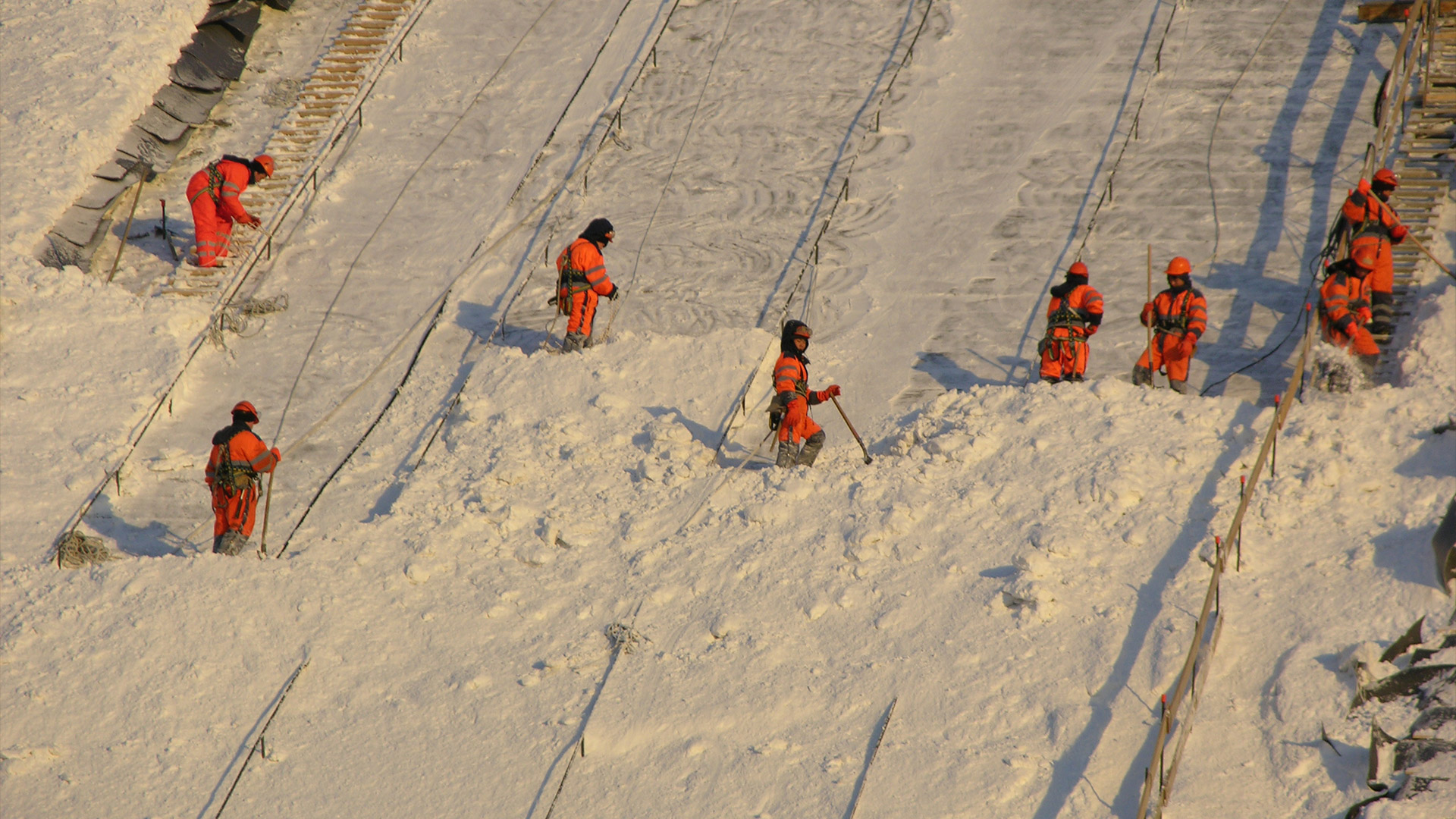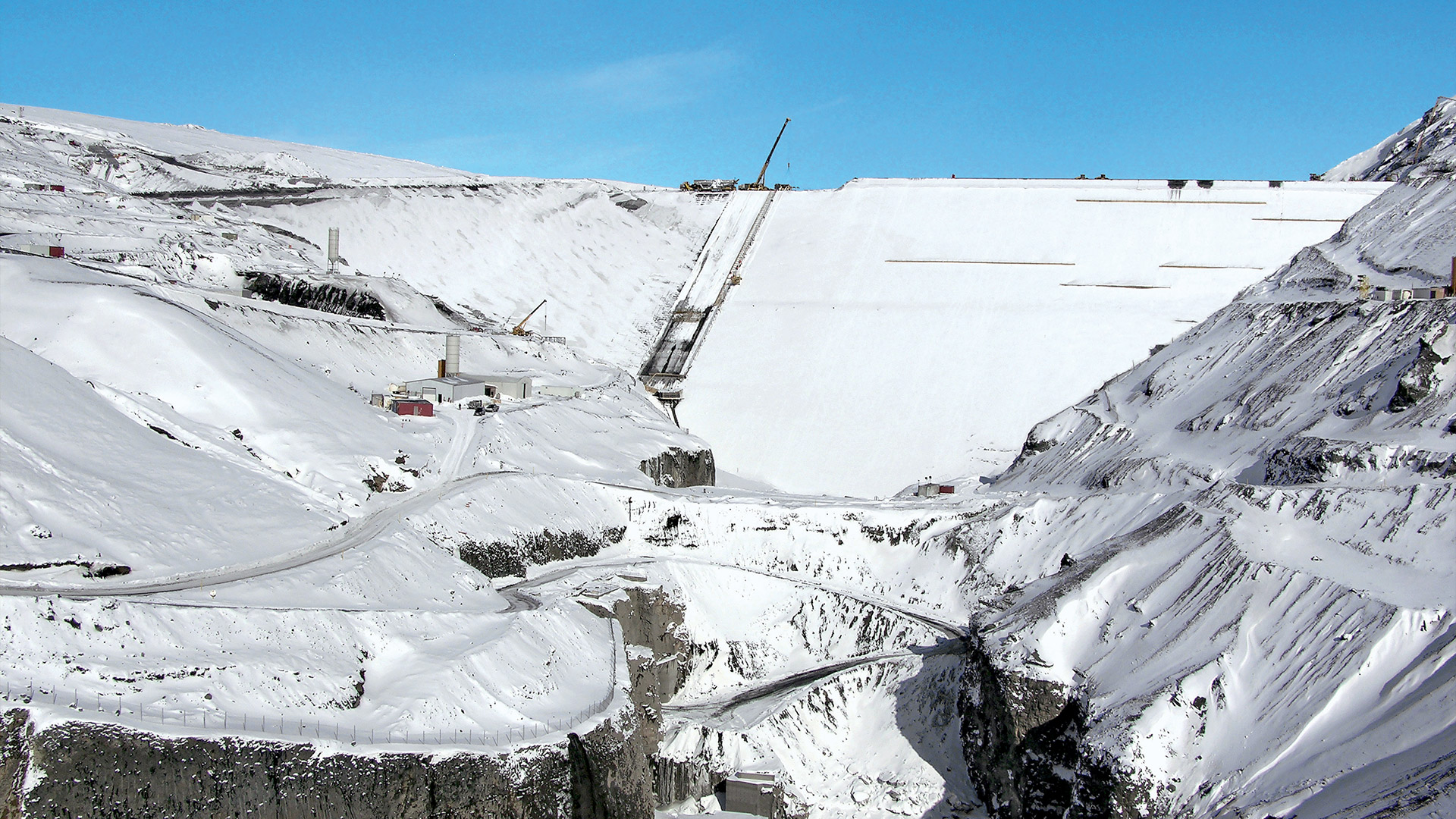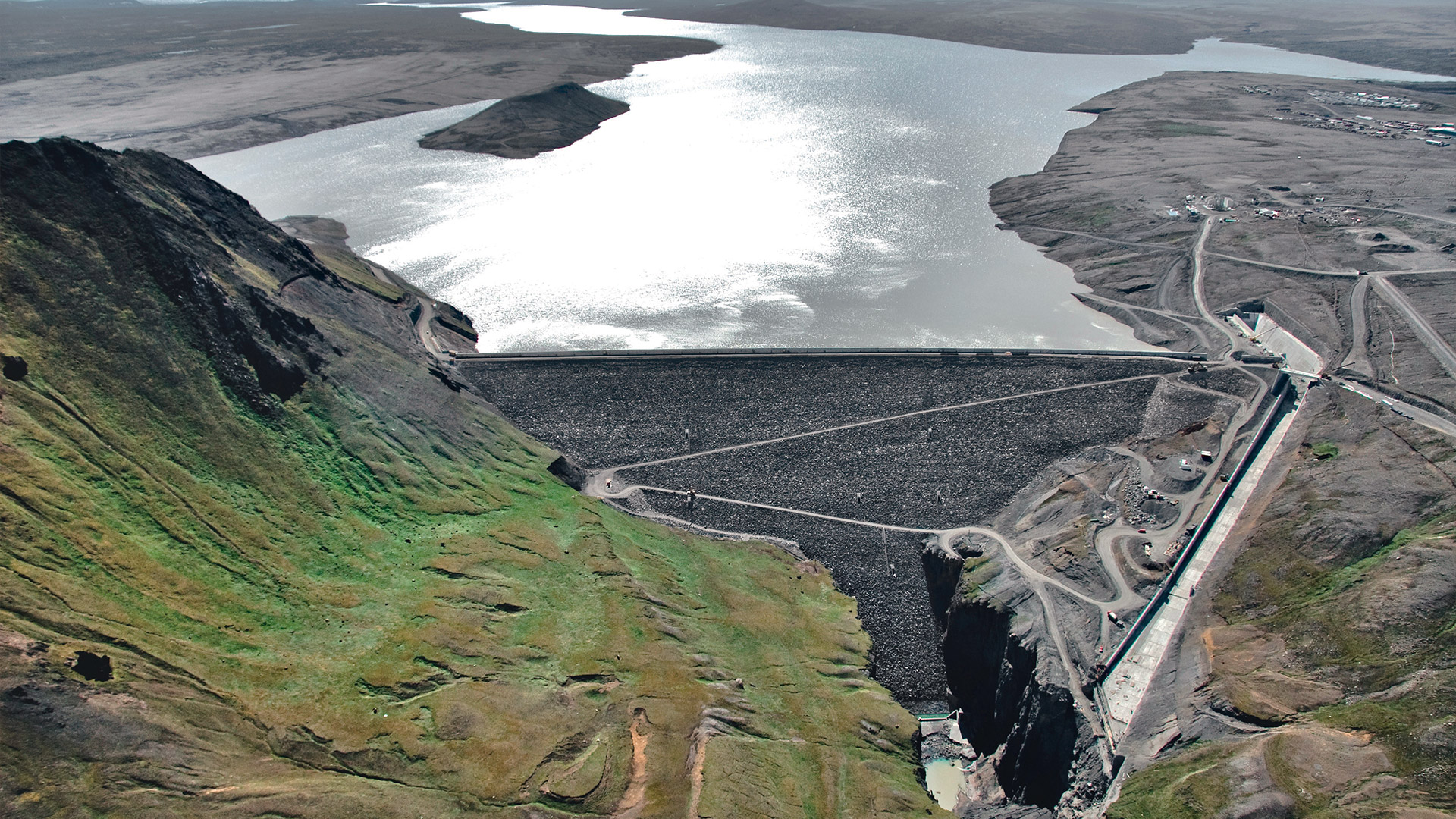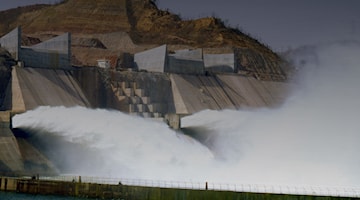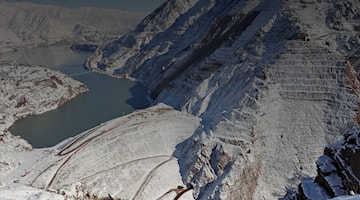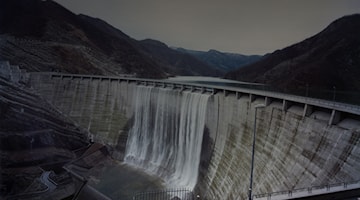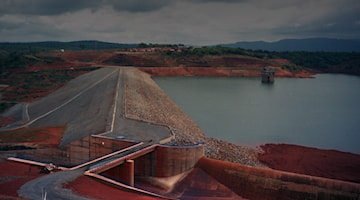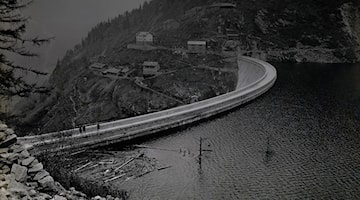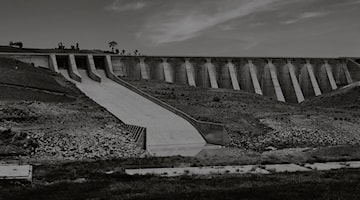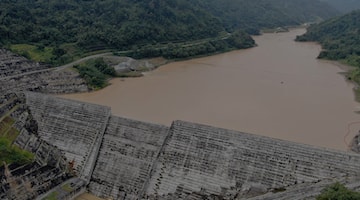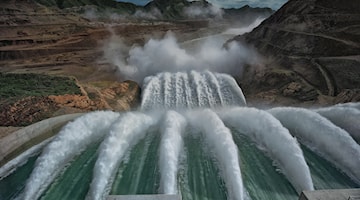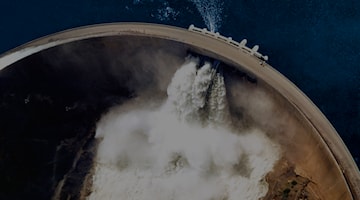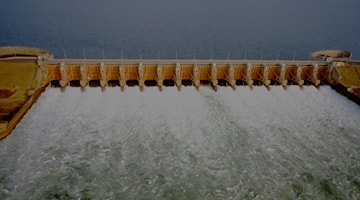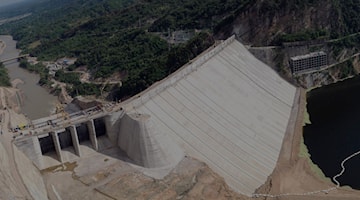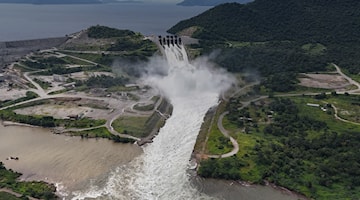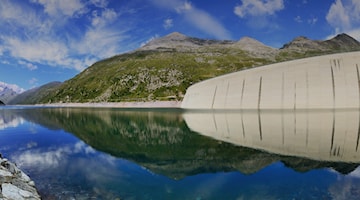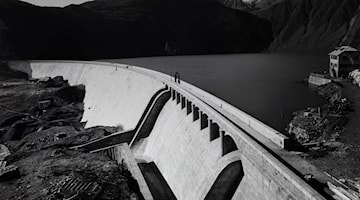The Rock Wall
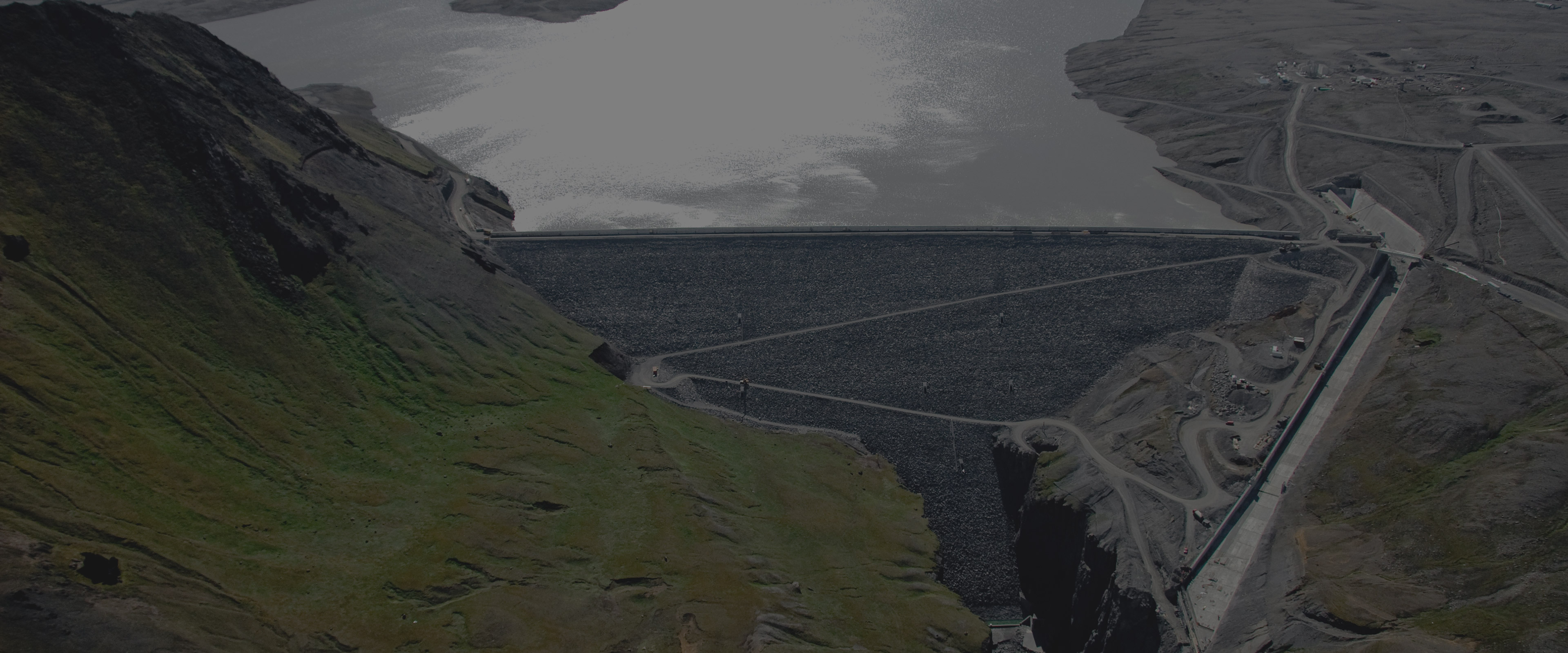
KÁRAHNJÚKAR HYDROELECTRIC PLANT, ICELAND
Iceland is located almost 2,800 km from the North Pole. It has an estimated population of around 398,266 in 2025, extending for 103,500 km. Known as the land of ice and fire, covered by glaciers, it has 130 volcanoes (active and inactive).
The Kárahnjúkar Hydroelectric Plant, a concrete-faced filled rock dam, 193 meters in height, is located on the north-eastern plateau, near Mount Kárahnjúkar, at 300 km from Reykjavik, and 200 km from the Arctic Circle. It was completed in the 2003-08 period.
It is Europe's first rockfill (rubble) dam, and the tallest dam of all Nordic countries. It is also among the world's tallest of its kind. It collects glacial water from the Jökulsá River in the Haslòn reservoir, Iceland's largest (2.1 billion cubic metres), sending it to an underground power plant through an almost 40-km tunnel. 3 adits, a secondary headrace tunnel and a drainage tunnel were also excavated for another 16.6 km, with a total of 2,300,000 cubic metres of material removed.
To keep the right trajectory, when excavating without a GPS system, whose functioning is in fact altered at those latitudes due to the Earth's magnetic fields, topographic surveys were carried out twice daily, for 2 years.
By the way, it was the French scientist Pierre Pelerin de Maricourt, in the 13th century, who first discovered the Earth's two magnetic poles; he called them the North Pole and the South Pole (their formation dates back to about 4 billion years).
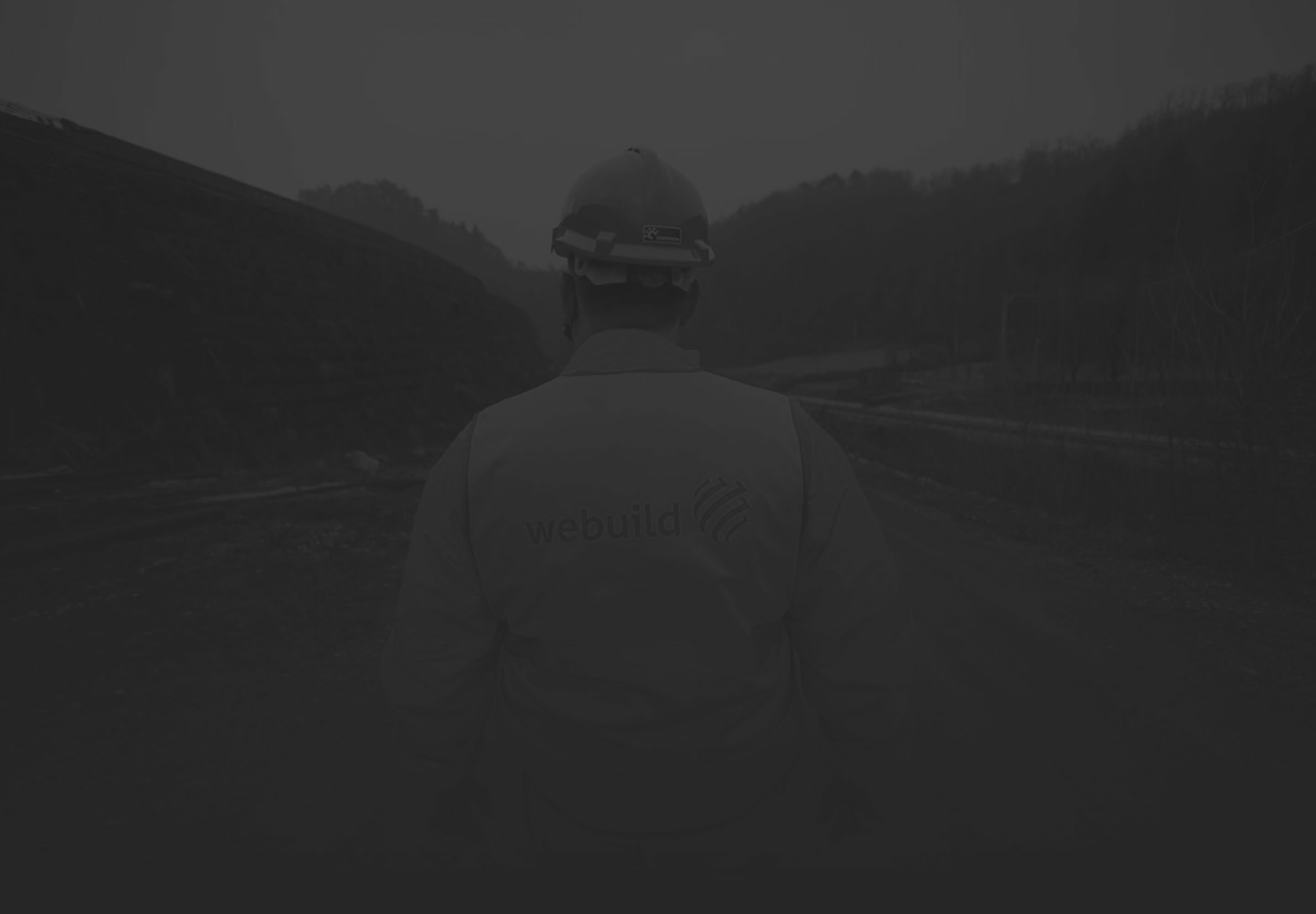
THE WORK AND THE TECHNIQUE
METRES DAM HEIGHT
METRES CREST LENGTH
METRI CUBI SCAVI IN SOTTERRANEO
M³ UNDERGROUND EXCAVATIONS
MW INSTALLED CAPACITY
LANDSVIRKJUN (National Electricity Authority of Iceland)
Salini Impregilo (now Webuild Group)
Works on the Kárahnjúkar Hydropower Plant began in 2003. The project was a titanic, yet ambitious engineering challenge: building a hydropower plant powered by Europe's largest glacier, also channelling two glacial rivers into a underground tunnel to produce power.
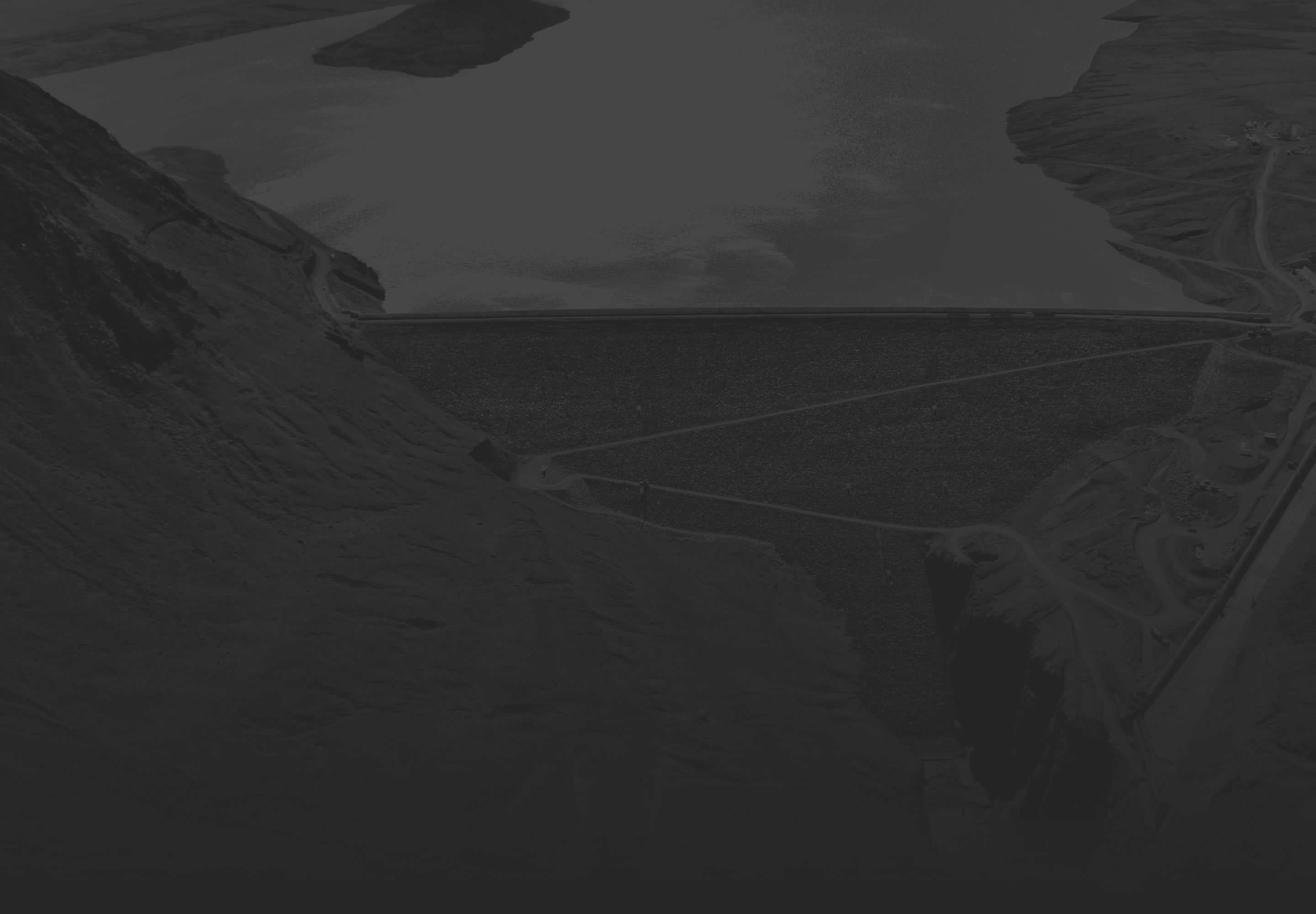
CULTURAL INSIGHTS

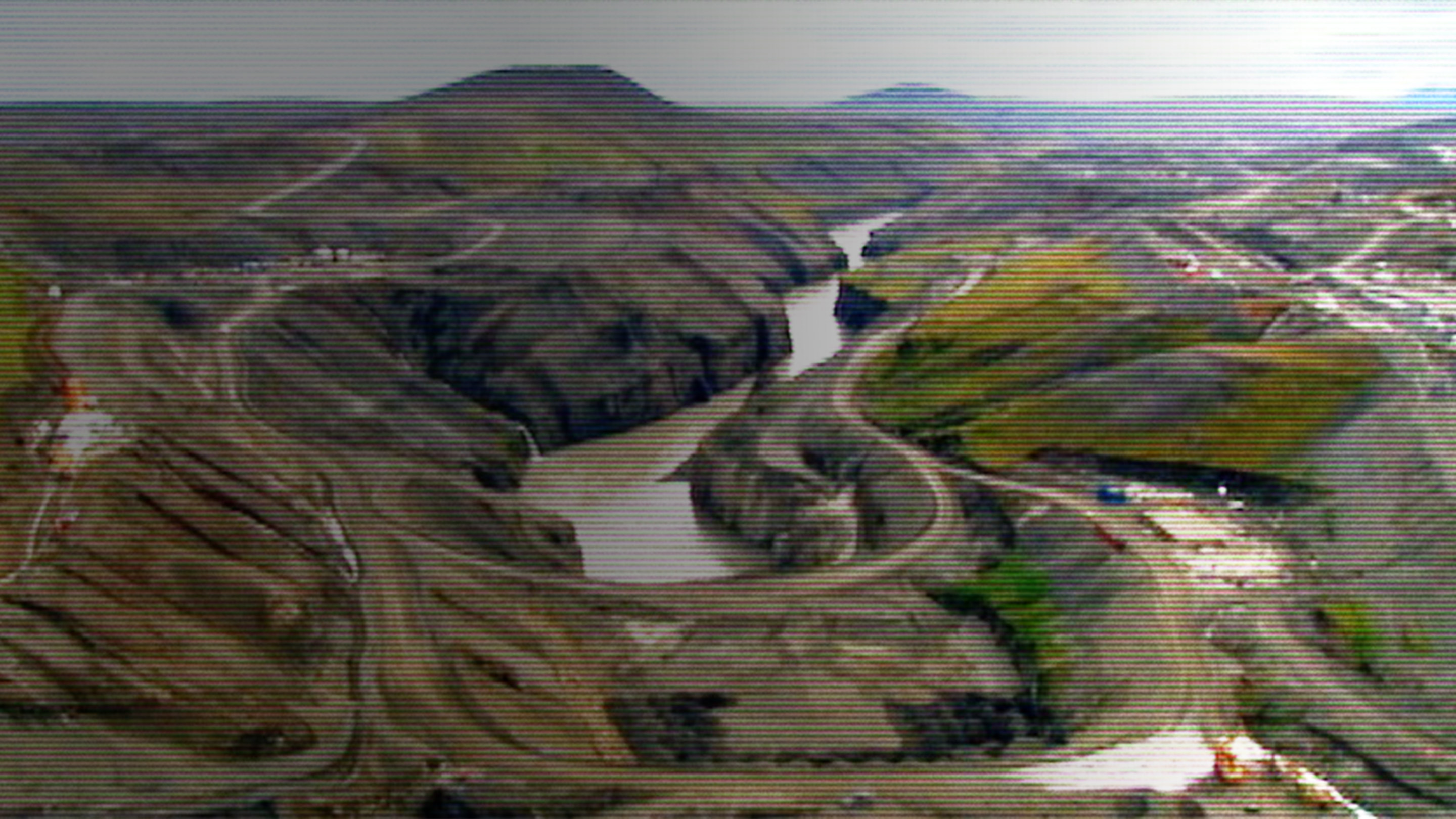
Mega Movers:
Rock Eaters of Iceland
(National Geographic Television, 2006)
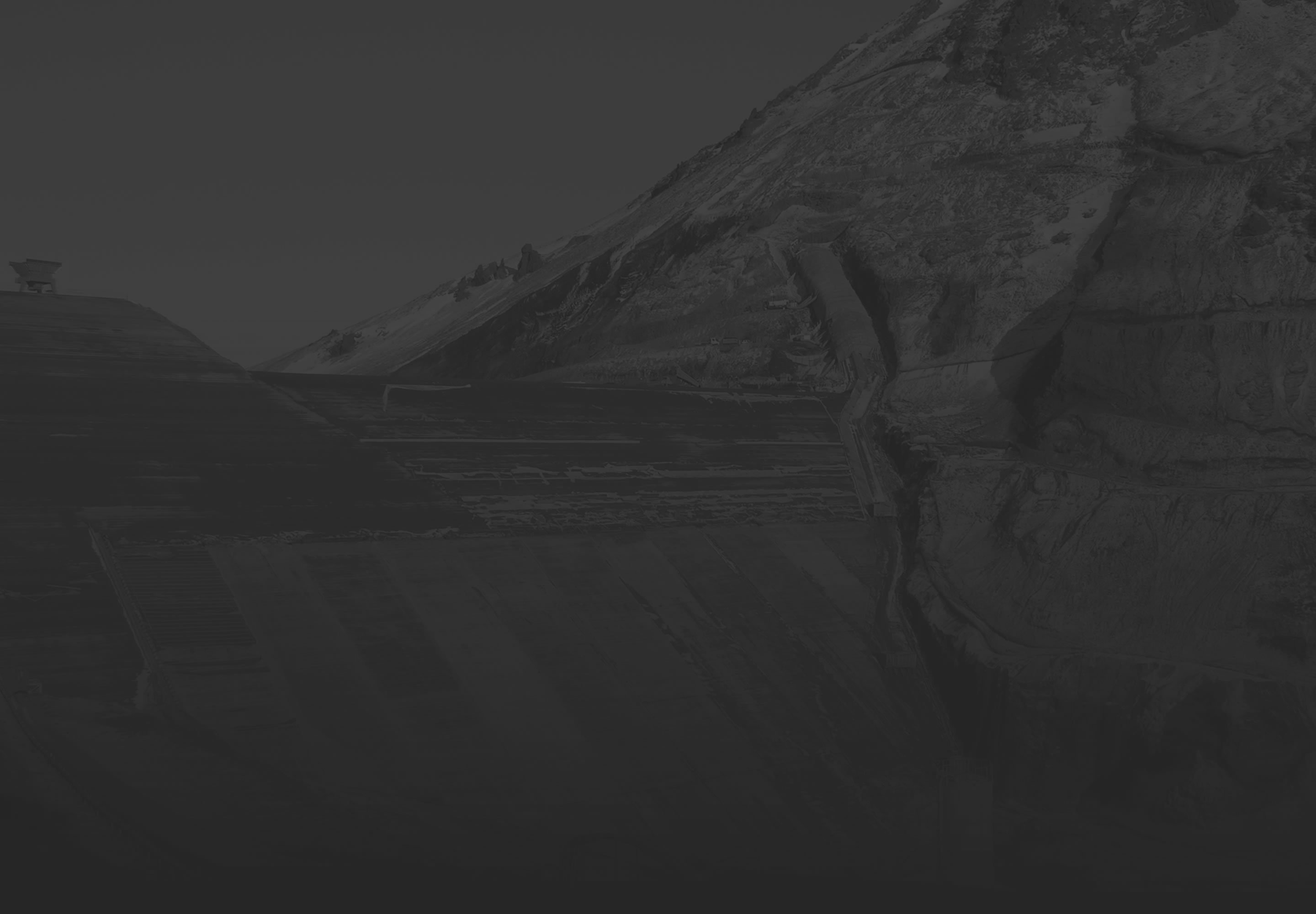
The good collaborations
The project to exploit the water resources present in the area near the Kárahnjúkar mountain was made possible by the intense collaboration between the Icelandic government and the American multinational aluminium company Alcoa, attracted by the low procurement costs: electricity in Iceland costs 30% less that in the States, where Alcoa kept the largest number of its production factories. The initiative was made official by the approval of a specific referendum.
The plant has an installed capacity of 690 MW and the energy produced is used by Alcoa to supply the largest Icelandic aluminium factory, the Reyðarfjörður plant, inaugurated in 2017 near the port with the same name (already used during WW2 for its great depth). It produces over 350,000 tons of aluminum, and employs around 800 people in the area surrounding the plant, including contractors and service providers — a figure that makes it the country's leading industrial employer.
The plant's establishment allowed the local population, which had plummeted from 1,100 to 600 in the early 2000s, to return to its previous levels. It is now growing again thanks to the development of the supply industry.





